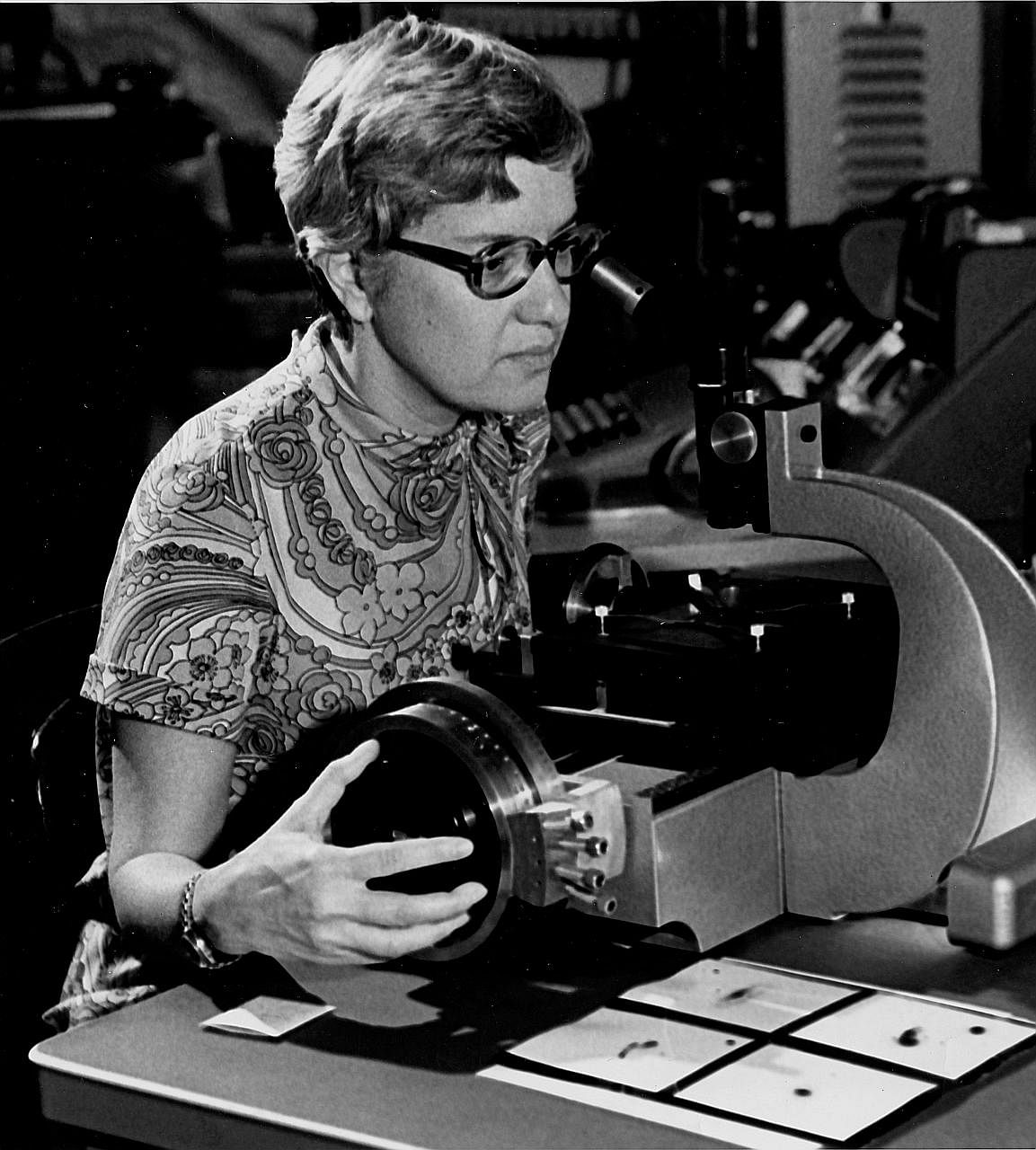CAMBRIDGE (Massachusetts) • As we look back on 2016, and perhaps fret about 2017, we can take some solace in the remarkable things we know and continue to learn about the universe. In addition to a better understanding of the 5 per cent of matter that has been well studied and understood, scientists are unlocking mysteries about the rest - 25 per cent of it dark matter, and the remaining 70 per cent dark energy.
Dark matter interacts gravitationally the same way ordinary matter does - clumping into galaxies and galaxy clusters, for example - but we call it "dark" because it doesn't interact, in any perceptible way, with light. So 85 per cent of the matter in the universe is not familiar matter. It is not made up of atoms and doesn't carry an electric charge.
Convincing evidence of dark matter, presented by observations in the 1970s, opened up a vast field of scientific work. Of all the great advances in physics during the 20th century, surely this one would rank near the top, well deserving of the world's pre-eminent award in the field, the Nobel Prize. Yet to this date none has been awarded, and may never be, because the scientist most often attributed with establishing its existence, Dr Vera Rubin, died on Christmas Day.
Even physicists who are now legendary frequently work in obscurity until the Nobel elevates them to global stardom. So many people might not be aware of Dr Rubin or her work, despite its pathbreaking significance. Had she won the prize, she would have been widely celebrated as an inspiration for aspiring scientists of both genders everywhere.

Some physicists who argued against a prize for Dr Rubin focused on legitimate controversies, like whether her indirect evidence was enough to determine the existence of dark matter, or whether she was responsible for interpreting the overly rapid rotations of galaxies as evidence for dark matter, a phenomenon that she and her collaborators had decisively observed.
But similar objections might have been raised about most discoveries that have got the Nobel. Dr Arno Penzias and Dr Robert Woodrow Wilson found noise in their radio antenna, which other physicists later explained was actually the discovery of the cosmic microwave background radiation from the time of the Big Bang. But Dr Penzias and Dr Wilson rightly won the Nobel. In the 1990s, astronomers discovered that the expansion of the universe accelerates rather than decelerates, as they had originally planned to measure, yet no one knows what provides the dark energy that is responsible, or even if it is a constant energy, which the term "dark energy" implies. High-temperature superconductivity was discovered as a phenomenon, with no one knowing the underlying mechanism. Yet all of these advancements deservedly garnered Nobels, too.
Another argument raised against Dr Rubin is that many scientists contributed to putting together the picture of dark matter. That is true. Yet her data was for a long time the strongest evidence that something was awry, even if she didn't yet know what was responsible. She certainly was among the first to get scientists to pay attention.
In her words, she "decided to pick a problem that I could go observing and make headway on, hopefully a problem that people would be interested in, but not so interested that anyone would bother me before I was done". And it worked. She noticed that stuff far out in galaxies rotated at the same speed as stuff near the centre - not what you would expect unless there was far more matter in the galaxy than anyone could see.
Dr Rubin's insight was revolutionary, and she received other awards in her career; in 1993, president Bill Clinton gave her the National Medal of Science.
The remaining issue is gender. Dr Rubin was not alone in having been overlooked for the Nobel. Every major discovery in the Standard Model of particle physics, perhaps the crowning achievement of 20th century physics, was awarded a Nobel, except one. The late Wu Chien Shiung, who showed that physical laws distinguish handedness, was overlooked, even though two of her male colleagues won for developing the theory behind her work and an even more subtle follow-up symmetry violation later won the prize.
Of the 204 Nobel laureates in physics, only two have been women - and the first and most well known, Marie Curie, was included only because her husband, Pierre, insisted that she, too, be awarded for their joint work. Prizes and awards usually require a judgment call, and there will almost always be some degree of controversy. But it doesn't take a rocket scientist to see that the Nobel numbers are skewed.
Does the prize matter? Of course it does. It is important for individuals, for the sociology of science and for science itself. Dr Rubin was a strong supporter of women scientists. But imagine how many more people, especially girls aspiring to enter the sciences, she would have reached if her name was on the list of laureates. Imagine how different physics might be if generations of women had grown up wanting to be just like her.
It's too bad that Dr Rubin's lack of a Nobel leads to these sorts of conversations, rather than merely recognition of her achievements. When women are included on any list of hires, speakers or awardees, the people responsible often point with pride that they included women, as if it were a service, no matter how deserving the recipients might be. Yet probably the only list with a gender component is the one that she's not on. Dr Rubin's work showed that there's a lot more to the universe than we see.
NYTIMES
• Lisa Randall is a professor of physics at Harvard University and the author of Dark Matter And The Dinosaurs.
